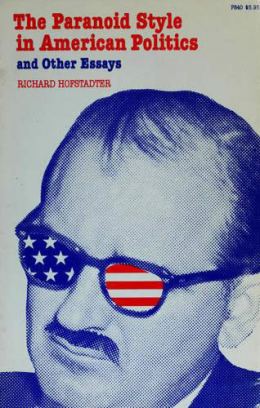
In the age of the Tea Party and Birtherism, it’s easy to see historian Richard Hofstadter’s slim treatise on American fringe groups, first delivered as an Oxford lecture in 1963 and published, with other essays, in 1965, as prophetic. Note the familiar descriptions of the modern conspiracy theorist’s signature plumage: his “careful, conscientious and seemingly coherent application to detail;” his belief in the omniscient, implacable evil of the conspiracy and the urgency of his own mission. (Sound familiar, Glenn Beck?) Hofstadter traced strains of the paranoid style from the anti-Masonic panic of the 18th century to the McCarthyite witch hunts of the 1950s, and emphasized that paranoia can breed anywhere on the political spectrum. It was disenfranchisement, he believed, that created the most fertile ground for conspiracy theories. Yet The Paranoid Stylebecame a touchstone of midcentury liberal intellectualism, widely quoted by the left and pilloried by the right. Pound for pound, it’s one of the most incisive works of political analysis of the 20th century.
